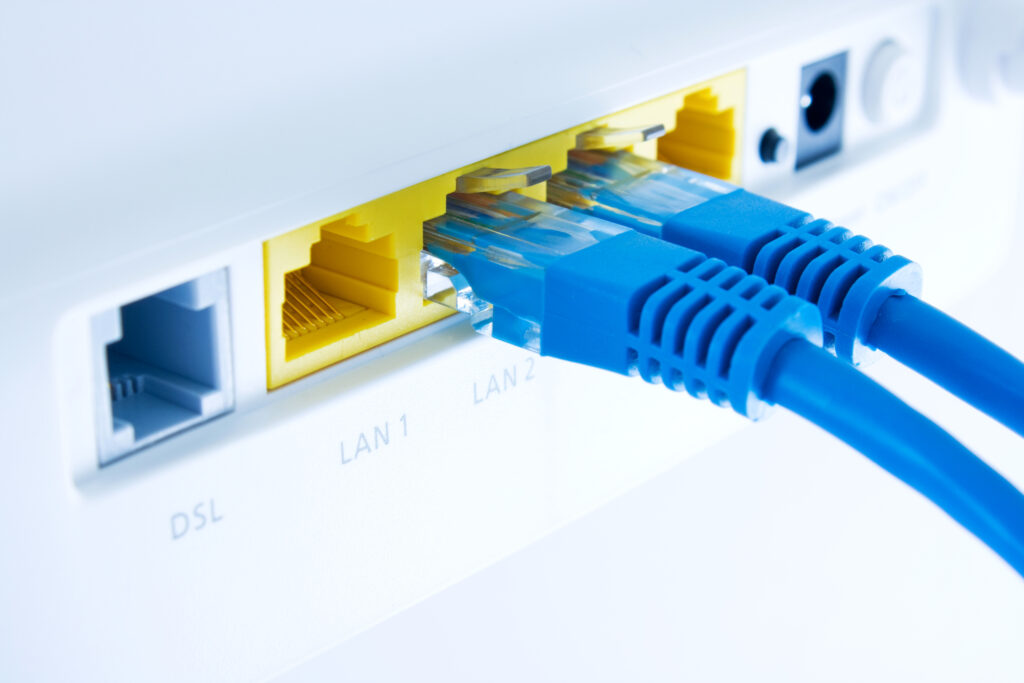Financial Impact of the Affordable Connectivity Program
- Contributor
- Larry May

The implementation of universal internet access by 2030, which aims to bridge the digital divide and enable accessibility for all, regardless of geographic or economic standing, has emerged as a defining agenda for the Biden administration. The multi-billion-dollar initiative focuses on investing in broadband infrastructure to cover underserved urban and rural areas and represents a strategic alliance between the public and private sectors and a commitment to technological advancement.
Addressing the technological divide is at the core of the Affordable Connectivity Program (ACP), a challenge starkly highlighted by the estimated 8.5 million locations in the U.S. that currently lack access to broadband connections. Major broadband companies have often hesitated to extend their services to low-population, rural areas, citing the high investment costs and limited subscriber bases in these regions. This reluctance has created a connectivity gap that became particularly evident during the COVID-19 shutdowns when students were forced into online schooling. The lack of access in these areas underscored the urgent need for a program such as the ACP to ensure that every American, regardless of location, can participate in the modern digital economy.
As part of the program, eligible households will receive $30 per month off their internet bills and a one-time discount of up to $100 to purchase a laptop, desktop computer, or tablet from participating providers. Twenty leading internet providers intend to offer ACP-eligible households a high-speed internet plan for no more than $30 per month. Eligible families who pair their ACP benefit with one of these plans can receive high-speed internet at no cost.
The economic ramifications of this rollout are far-reaching. The initiative presents a comprehensive economic opportunity from job creation and enhanced productivity to stimulating innovation and entrepreneurship. Some of these critical dimensions include:
The implementation of the Affordable Connectivity Program will have a ripple effect on various industries, notably commercial companies, construction, and manufacturing. For commercial companies, universal internet access means a broader reach to markets previously restricted by connectivity barriers. Whether it’s a small retailer aiming to expand its online presence or a multinational firm looking to explore remote regions, the enhanced internet connectivity ensures that businesses can tap into new consumer bases and operate more efficiently. Collaboration between various sectors and locations becomes seamless, and the ability to deploy cloud-based solutions and real-time data analysis will lead to more agile and responsive commercial strategies.
In the construction and manufacturing sectors, the Affordable Connectivity Program presents unique opportunities for growth and innovation. Smart construction techniques leveraging real-time data can be employed to enhance efficiency, reduce waste, and improve safety protocols. Meanwhile, manufacturing companies can harness the power of connectivity to leverage automation, predictive maintenance, and remote monitoring, leading to operational efficiency and fostering innovation, enabling these sectors to stay competitive in a rapidly evolving technological landscape.
The execution of the Affordable Connectivity Program signifies an intricate financial endeavor, requiring a thoughtful examination of numerous components that contribute to the overall cost. The project is expected to run into the multi-billion-dollar range from infrastructure development, technology acquisition, labor, and ongoing maintenance, further compounded by the ACP’s discounts and subsidies.
While successful implementation will require a robust financial strategy, audit and compliance, and continuous evaluation, this initiative seeks to become a symbol of technological empowerment and socio-economic advancement in the United States by 2030. States are expected to submit their initial plans later this year to account for 20% of the designated funding. The finalization of these plans could stretch into 2025, allowing for proper due diligence, at which point the government will release the remaining funds.
The launch of the Affordable Connectivity Program transcends merely making internet access a universal right, but seeks to facilitate economic growth, spur innovation, and promote social inclusion. For a more detailed understanding of how the Biden Wi-Fi initiative may impact your business and the potential tax implications, contact your CRI tax advisor. They’re ready to guide you through this transformative landscape with tailored financial solutions and expert advice.
Subscribe to our e-communications to receive the latest accounting and advisory news and updates impacting you and your business.